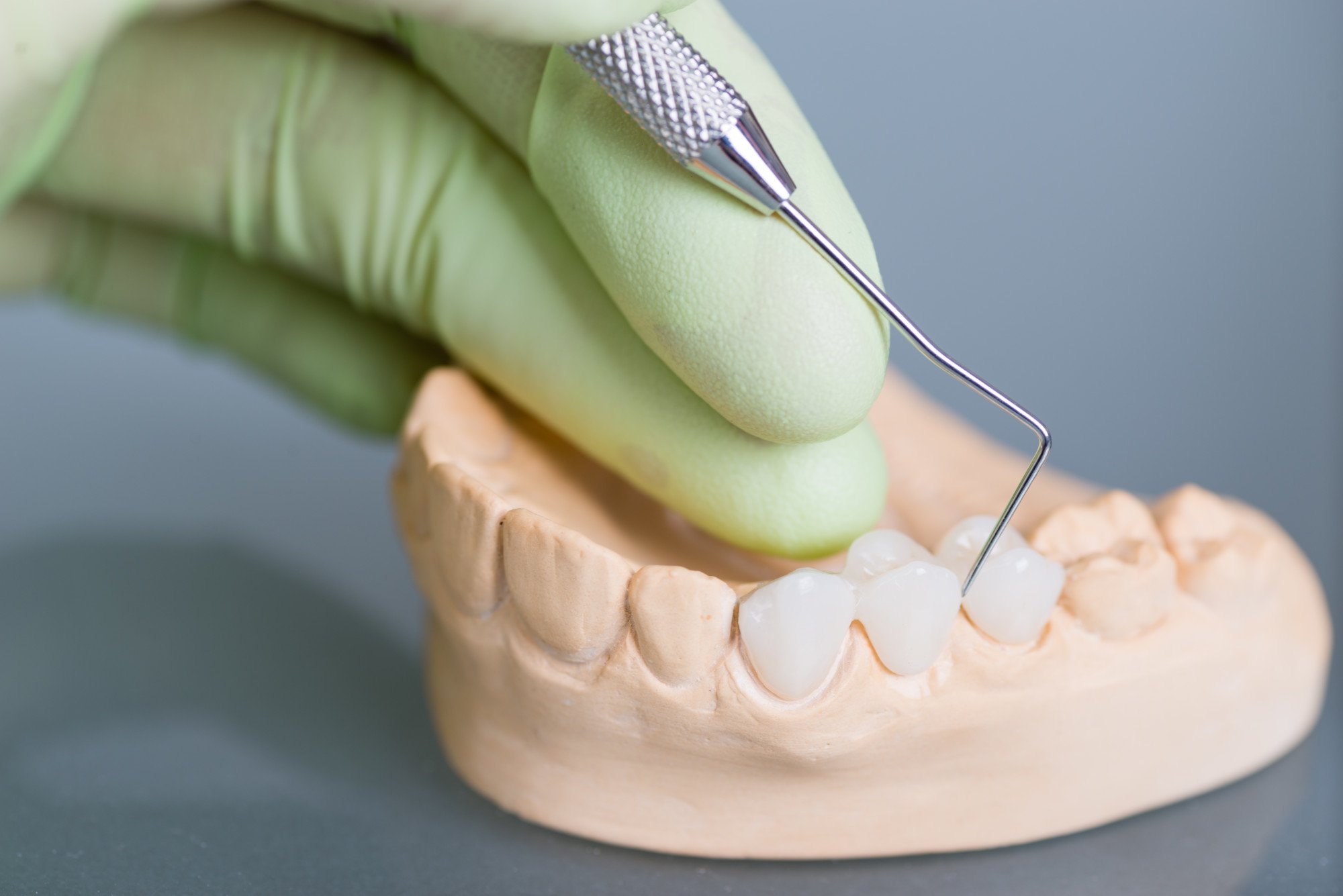
Have you been wondering, “How long is it safe to stay in the sun?” With more people being diagnosed with skin cancer each year, it’s an important question to ask. You want to enjoy time outside in the sun, of course, but you also need to know what precautions to take.
If you’re ready to learn what to do, keep reading to find out more about sun safety!
So, How Long Is It Safe to Stay in the Sun?
Many experts agree that you can spend about 15 minutes in the sun without the risk of burning and damage. Even though sun protection is important (more on that later), it’s also important to give your body some sunshine so it gets enough vitamin D.
Most people will absorb some vitamin D through foods like yogurt and milk — but usually, it’s not enough. So spend a small window of time soaking up some sun for the good of your bones and muscles.
After that 15-minute window has closed, however, you must take some sun safety precautions. If you have fair skin, you’re likely to burner faster than someone with a darker complexion. Make sure to keep your eyes on the clock so that you’re not spending a lot of time in a sun-drenched setting.
What You Can Do to Stay Safe
There are many steps you can take to stay safe. The big one is to limit your time in the sun — and avoid going outside during midday, when the sun is strongest. If you’re an avid walker or jogger, try scheduling your time outdoors for the morning or evening.
If you do go outside during a sunny time of day, make sure to wear sunglasses. With so much focus on how your skin can be negatively impacted by the sun, it’s important not to forget about your eyes. You can develop cataracts and other eye problems down the road if you expose them to too much sunlight.
Also, toss a hat into your beach bag or put it on if you’re out for a walk. Know that your hair won’t shield you from the sun — and if you’re running low on hair, it’s especially important to cover up. There are UV-protectant hats that will serve you well.
Another good practice to develop? Get an annual skin check from your doctor. You should be going to a health professional for an annual physical, anyway.
If you have any specific sun damage concerns, make sure that you are open with your doctor about them.
During that time, ask your doctor to look for any suspicious moles or other markings. If your doctor sees anything unusual or feels more comfortable asking a dermatologist to do the assessment, they should be able to refer you.
The Dangers of Too Much Sun Exposure
The more time you spend in the sun, the higher your risk of developing skin cancers. Yes, it’s fun to soak up the rays and get a tan, but when you choose to do that, you’re putting yourself at risk.
Melanoma is the deadliest form of skin cancer. While other cancer rates have gone down, the rate of melanoma has gone up significantly. There are other forms of skin cancer, too, that can become serious if left untreated.
The bottom line is that trying to get the perfect tan comes with too many grave dangers to make it worthwhile. It’s better to limit your time in the sun and take precautions if you know that you’ll be under the sun for long periods.
And even though you might be tempted to visit a tanning salon in the cloudy winter months, don’t do it. Tanning beds may seem like an easy way to get the perfect tan, but they increase your risk of getting skin cancer.
Need one more reason to avoid too much sun exposure and tanning beds? Both of these things contribute to premature aging, which no one wants to experience!
How Sunscreen and Protective Clothing Can Help
Fortunately, there are many sunscreens and new types of clothing that can offer adequate protection from the sun. Sunscreens are one of the best weapons against burns and sun damage.
Look for a sunscreen that has UVA and UVB protection listed on the bottle. Additionally, the sunscreen should be ranked at an SPF of 30 or higher. SPF stands for “sun protection factor” and refers to how long a sunscreen can keep you safe.
Aim to reapply your sunscreen after about two hours — though check the sunscreen container for more specific instructions. If you’re going to be swimming in a pool or splashing around in the ocean, make sure that your sunscreen is water-resistant.
And be sure to check the expiration date on your sunscreen. While most will last for several years, it’s always best to use fresh sunscreen. Even when you’re not going on a beach vacation, it’s smart to wear sunscreen every day, too.
How does SPF clothing work? It blocks damaging UV rays from hitting your skin. Good, protective clothing will have a tight weave and sometimes include chemicals that shield you from the sun.
You can also buy beach umbrellas and canopies that are enhanced to shield you from the sun. Add these to your trunk the next time you’re packing for a vacation.
The Bottom Line
If you’re still wondering, “How long is it safe to stay in the sun?” know that the answer depends on how well-prepared you are. You can enjoy an afternoon at the beach, but you’ll want to have proper protection at all times. And you’re always better off keeping your direct sun exposure limited.
When you’re ready to find fresh ways to enjoy a better lifestyle, check back with us for more great articles!





